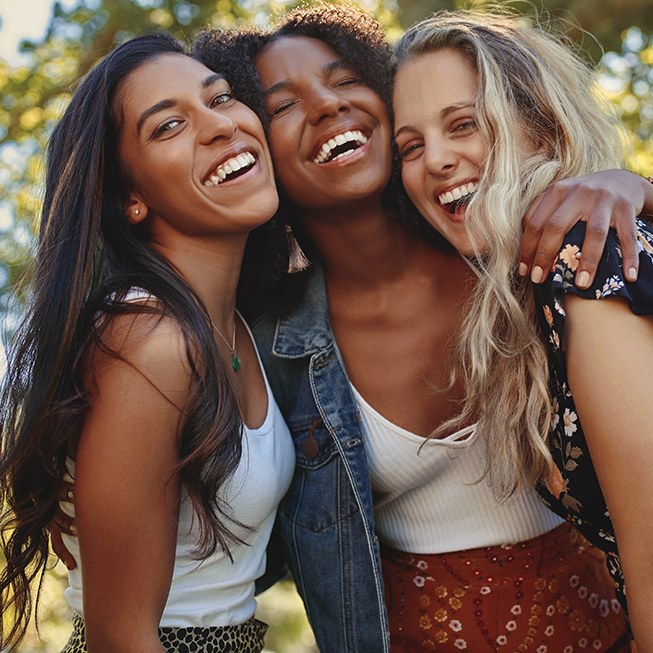.
New FBI Crime Data Proves Gun Grabbers Wrong
October 16th, 2008
This article also appears this week at USConcealedCarry.com.
By Jim Irvine and Chad D. Baus
According to the Brady Campaign to Prevent Gun Violence (and other supporters of Barack Obama’s presidential campaign), “more guns = more crime.†The logical conclusion they hope lawmakers reach is that guns should be banned, or at least be severely restricted.
But changes to gun laws over the past five years, and data from the Federal Bureau of Investigation (FBI) Uniform Crime Reports (UCR), suggest something else entirely.
From an FBI press release announcing the release of the latest data:
The FBI’s Uniform Crime Reporting (UCR) Program is a nationwide, cooperative statistical effort of more than 17,000 city, university and college, county, state, tribal, and federal law enforcement agencies voluntarily reporting data on crimes brought to their attention. Since 1930, the FBI has administered the UCR Program and continued to assess and monitor the nature and type of crime in the Nation. The Program’s primary objective is to generate reliable information for use in law enforcement administration, operation, and management; however, its data have over the years become one of the country’s leading social indicators. Criminologists, sociologists, legislators, municipal planners, the media, and other students of criminal justice use the data for varied research and planning purposes. In 2007, law enforcement agencies active in the UCR Program represented more than 285 million United States inhabitants—94.6 percent of the total population. The coverage amounted to 95.7 percent of the population in Metropolitan Statistical Areas, 88.0 percent of the population in cities outside metropolitan areas, and 90.0 percent of the population in nonmetropolitan counties.[1]
The Federal Bureau of Investigation (FBI) recently released the 2007 edition of Crime in the United States, which shows that both violent and property crimes fell in 2007.
According to the FBI, “the UCR program gathers offense data for violent and property crimes. Violent crimes are the offenses of murder and non-negligent manslaughter, forcible rape, robbery, and aggravated assault; property crimes are the offenses of burglary, larceny-theft, motor vehicle theft, and arson. The program also collects arrest data for violent and property crimes as well as 21 additional offenses that include all other offenses except traffic violations.â€
Before we dig into the UCRs, let us first consider the changes made to our gun laws from 2003 through 2007. During that five-year period, firearms laws have become less restrictive. We have seen passage of concealed carry laws in Colorado, Kansas, Minnesota, Nebraska, New Mexico and Ohio. We have seen the sunset of the Joe Biden-authored Federal “assault weapons†ban. No state has enacted significant bans on purchase or bearing of firearms. Firearms sales have been strong, and we have seen spikes in the purchase of firearms related to events such as hurricane Katrina and the Northeast Blackout of 2003. There are more gun owners and millions more firearms in the United States today than five years ago.
More guns, more crime? Not hardly. In fact, according to the past five years of FBI data, the murder rate has declined.
That’s right, the murder rate declined. You will hear from the anti-gun media and gun ban lobby that the number of murders increased (by 2.5%), but what they won’t tell you is that in the same time period, the American population has grown by 3.8% [2]. That means the murder rate (the “odds of being murderedâ€) has decreased.
Drilling further into the data, we see that while the increase in use of firearms was 4.4%, we see a decrease of 5.0% (from 7,745 to 7361) in the number of murders committed with a handgun. Note – that is not a just a per capata decrease but a decrease in the total number of murders committed by a handgun over the last 5 year period. This decrease occurred in the midst of an explosion in handgun sales. Clearly the FBI data is exactly opposite of what the anti-gun groups have been preaching.
Anti-gun = anti-good guy
When considering killings by criminals (murder), we see that the instrument used by the criminal is a firearm 67% of the time, and more specifically a handgun 51% of the time. (Over the last five years, the percentage of killings by gun has remained fairly consistent, so we shall use the average for our comparison. Results would be very similar for specific data in any given year.)
The gun ban lobby uses these numbers to try to justify banning guns. If two-thirds of murders are committed with guns, and over one-half with handguns, they argue, then surely banning these things would decrease murders. But a closer examination reveals something interesting. For each murder, there is a victim. Sometimes those victims fight back and win the deadly encounter. When the intended victim kills the person trying to murder them (or do great bodily harm to them) it is called a “justifiable homicide.â€
Justifiable homicide — Certain willful killings must be reported as justifiable, or excusable. In the UCR Program, justifiable homicide is defined as and limited to:
* The killing of a felon by a peace officer in the line of duty.
* The killing of a felon, during the commission of a felony, by a private citizen.
Because these killings are determined through law enforcement investigation to be justifiable, they are tabulated separately from murder and nonnegligent manslaughter. Justifiable homicide information, which is collected by the FBI via the UCR Program’s SHRs, are included in this section and in Expanded Homicide Data Table 13, “Justifiable Homicide, by Weapon, Law Enforcement, 2003–2007†and Expanded Homicide Data Table 14, “Justifiable Homicide, by Weapon, Private Citizen, 2003–2007.â€
Using five-year averages from the UCRs, we see that 78% of these defensive killings are with firearms, and 63% with handguns. In other words, the good guy is 16% more likely to use a gun, and 23% more likely to use a handgun to save a life than a criminal is to take a life. So while there are many ways to kill another person, it is more likely for a good person to save their life with a gun, than for a bad person to take it with a gun.
Data on law enforcement officers killed in the line of duty was not available at the time of publishing, but there is still something to be learned about our police and their safety as it relates to guns. Using the same 5 year average data, we see that when law enforcement kills someone, they use a gun 99% of the time, and a handgun 86% of the time. There is a reason for these staggering statistics; police have studied and trained on the most effective and safe way to stop violent criminals. Use of a firearm is clearly the best and safest way to deal with violent aggressors. Police who want to go home to their families after a day’s work know how to defend their life with a firearm. Increasingly, citizens are doing the same thing.
A few observations from state data
We often hear about differences in “rural and urban†areas and the need for different gun laws. States have vastly different gun laws and self-defense laws, and as one might expect, vastly different crime data. Looking at state by state data for 2007, we see that guns as a murder weapon ranged from 25% for Hawaii and North Dakota, to 79% for Louisiana. Looking only at handgun data, we see a variance from 11% in Iowa to 71% for Illinois.
Let us consider that last figure for a moment. 71% of Illinois murders are carried out with a handgun, despite the fact that Illinois suffers under what are arguably the most severe handgun restrictions in the country. It is one of only two states (along with Wisconsin, where it is also more likely than the average for murders to be committed with a handgun) that do not allow any form of concealed carry for its citizens. The state’s largest city (where close to one-half of Illinois residents, as well as Sen. Barack Obama, live) has a complete ban on handgun ownership. Even a retired police chief is not permitted to have a handgun in his house to defend his life. The FBI data prove that banning handguns does not stop murders from using them.
In late 2006, the Ohio General Assembly passed a bill that preempted local gun control laws, over the objections of big city mayors and even a veto by then-Gov. Bob Taft. Despite claims from big-city mayors that taking away their ability to enact still more oppressive gun control laws was robbing them of a valuable crime-fighting tool, the many Republican and Democrat legislators who supported this bill recognized gun control as a failure, and understood that there was nothing to fear from trained, law abiding citizens being armed. The law went into effect in the early months of 2007, and the last FBI data support what Buckeye Firearms Association and pro-gun legislators knew all along: Crime is down in Ohio in nearly every sector.
Forty-eight states now have some form of concealed carry laws. No state has ever revoked their law once enacted. Each year, many states revise their firearms laws and remove restrictions on gun owners and permit holders. Every year former anti-gun people learn the truth and then start supporting concealed carry laws, often becoming gun owners and license-holders themselves.
The FBI’s 2007 edition of Crime in the United States simply adds to the enormous pile of evidence showing that guns in the hands of good people are the best way to stop a violent criminal from harming you or a loved one.
Jim Irvine is the Buckeye Firearms Association Chairman. Chad D. Baus is the Buckeye Firearms Association Vice Chairman.
Footnotes:
[1] FBI Releases 2007 Crime Statistics,
http://www.fbi.gov/pressrel/pressrel08/ucr091508.htm
[2] Annual Estimates of the Population for the United States, Regions, States, and Puerto Rico: April 1, 2000 to July 1, 2007,
http://www.census.gov/popest/states/tab ... 007-01.xls








